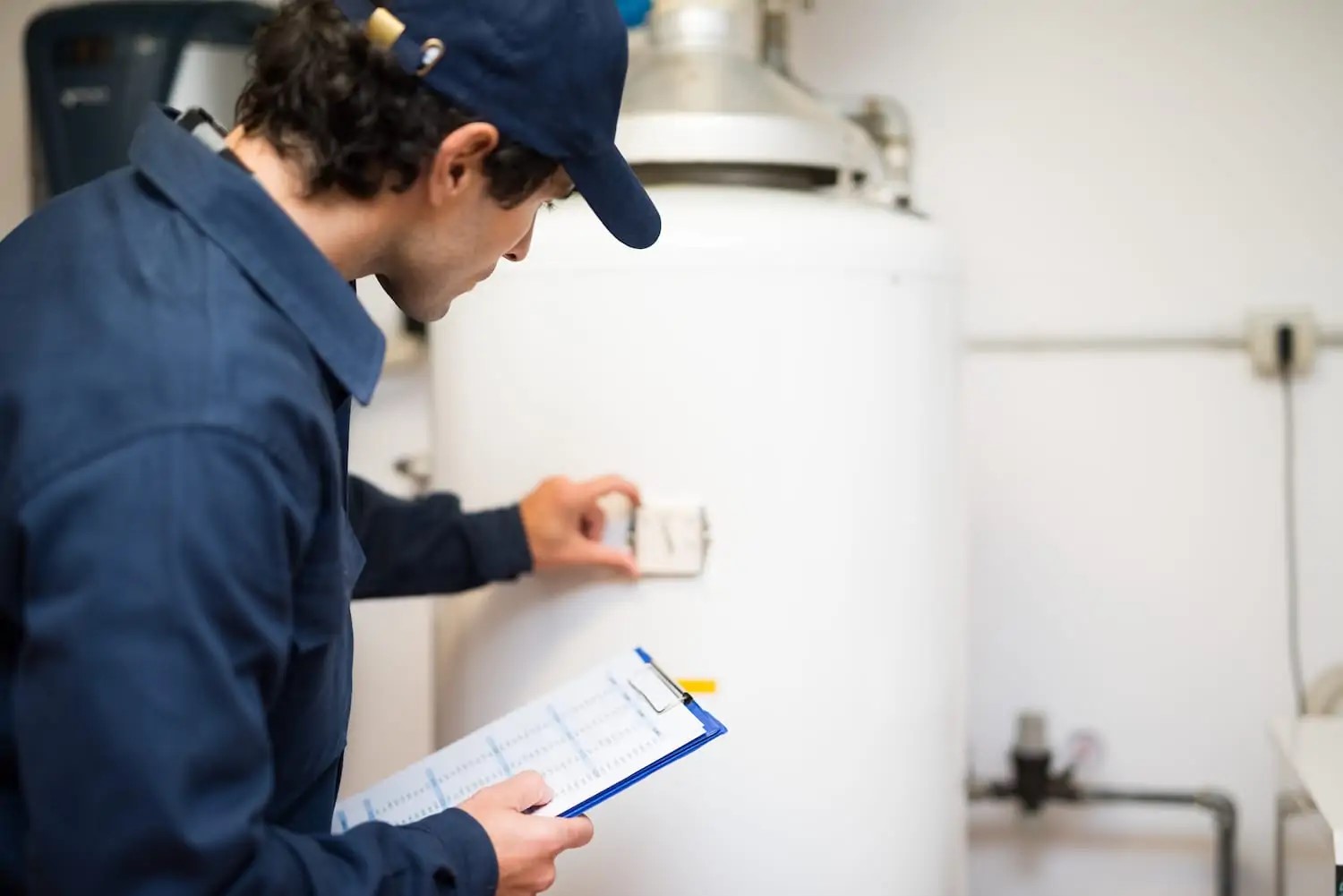
Laundry day, a chore that inevitably finds its way onto everyone’s to-do list, would be a far more daunting task without the trusty dryer. This essential appliance efficiently dries your clothes, making the process quicker and more convenient. However, behind every dryer’s reliable performance lies a crucial component: the dryer plug. But have you ever wondered about the amps that power this workhorse of a household?
Whether you’re moving into a new home, considering a dryer upgrade, or just curious about the electrical details of your laundry setup, understanding the amperage of your dryer plug is essential for safety and performance. South West Plumbing will explore the ins and outs of dryer amperage, demystifying the numbers that keep your laundry routine running smoothly.
What is a Dryer Plug?
A dryer plug, also known as a dryer outlet or receptacle, is a specially designed electrical outlet that is used to power electric clothes dryers. It serves as the connection point between the dryer and the electrical supply in a home. Dryer plugs are specifically configured to handle the high electrical currents and voltage requirements of electric dryers, ensuring safe and efficient operation.
How Many Amps Does a Dryer Plug Use?
The amperage (amps) that a dryer uses can vary depending on several factors, including the dryer’s heating element, motor, and overall energy efficiency. However, electric dryers in residential settings typically draw between 24 to 30 amps of current.
Here are some key considerations regarding the amperage of electric dryers:
- Standard Dryers: Most standard electric dryers in homes are designed to operate on a 240-volt circuit and use approximately 24 to 30 amps. This amperage rating allows the dryer to generate heat for drying clothes effectively.
- High-Efficiency Models: Some newer, high-efficiency electric dryers may draw slightly fewer amps while still delivering efficient drying performance. These models often use around 22 to 24 amps.
- Circuit Requirements: Electric dryers typically require a dedicated circuit with a circuit breaker rated to match the dryer’s amperage requirements. This ensures that the dryer receives a stable and adequate power supply.
- Plug and Receptacle: The dryer plug and corresponding wall receptacle should match the amperage and voltage requirements of the dryer. Most electric dryers in North America use a 30-amp plug and receptacle configuration.
- Electrical Wiring: The electrical wiring between the circuit breaker panel and the dryer’s receptacle must also be capable of carrying the required amperage without overheating or causing voltage drops.
It’s crucial to ensure that your dryer is installed correctly and that it is connected to the appropriate electrical circuit to prevent electrical hazards and ensure safe and efficient operation. If you have any doubts or need to install or replace a dryer, it’s advisable to consult a qualified electrician to ensure compliance with local electrical codes and safety standards.
Electrical Services in the Greater Seattle Area
When it comes to resolving dryer plug and electrical circuit concerns, South West Plumbing is your trusted resource in the Greater Seattle Area. Experience the peace of mind that comes from knowing you have a partner you can rely on for all your home’s plumbing and electrical needs. Reach out to us today to schedule your service.









